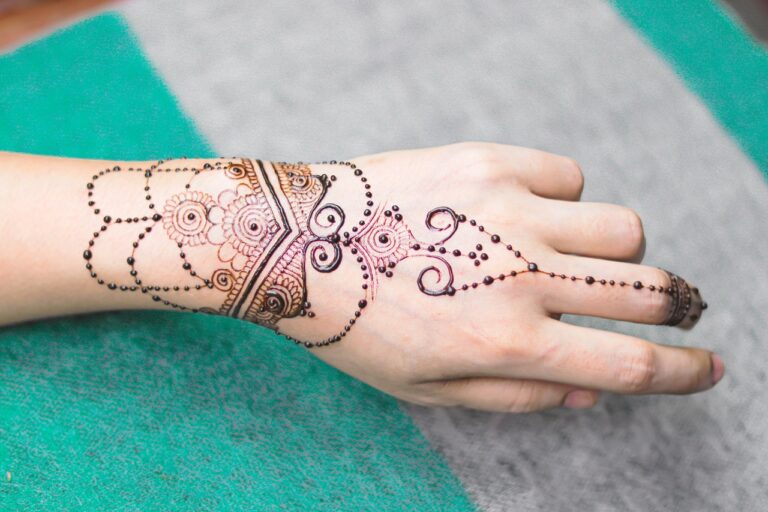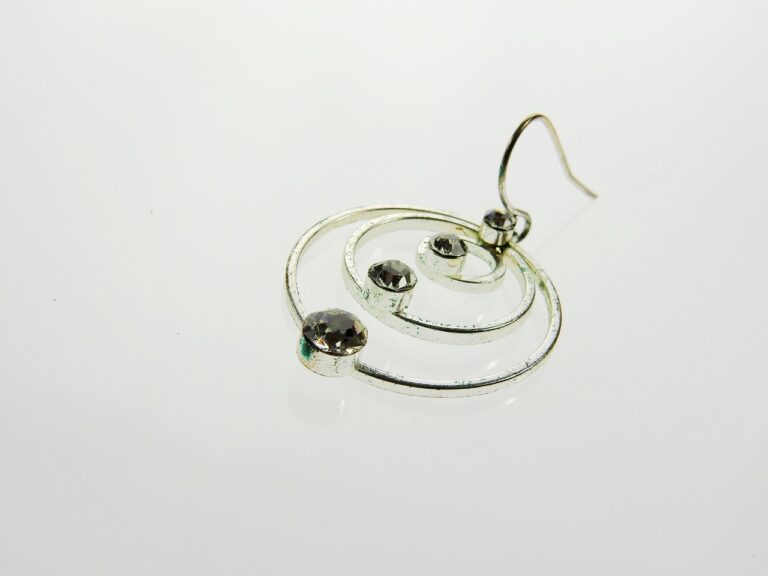Fashion in Flux: How Climate Change Is Reshaping the Industry’s Priorities
Fashion industry has been profoundly affected by the ongoing shifts in our climate. The increasing frequency of extreme weather events has disrupted production and supply chains, leading to delays and uncertainties in the fashion world. From floods to heatwaves, climate change has not only put a strain on the materials used in fashion but has also impacted the way collections are launched and marketed.
Furthermore, changing weather patterns have influenced consumer behavior, with more people seeking versatile and climate-appropriate clothing options. This shift in demand has prompted designers and brands to rethink their design processes and incorporate more sustainable practices into their collections. As awareness grows about the environmental impact of the fashion industry, there is a growing emphasis on creating pieces that are not only trendy but also mindful of the planet’s resources.
The Rise of Sustainable Fashion Practices
Sustainable fashion practices have gained significant momentum in recent years, as the industry shifts towards more environmentally friendly and ethical approaches. Designers and brands are increasingly adopting sustainable methods, from sourcing materials to production processes. This shift is driven by a growing awareness of the harmful environmental impact of traditional fashion practices, pushing the industry towards more responsible alternatives.
Consumers are also playing a key role in promoting sustainable fashion practices, demanding transparency and accountability from brands. The rise of eco-conscious shoppers has led to a surge in the popularity of sustainable fashion labels that prioritize ethical sourcing, fair labor practices, and reduced carbon footprints. As sustainability becomes a central focus in the fashion industry, it is evident that the movement towards more responsible practices is here to stay.
Innovations in Eco-Friendly Materials
Eco-conscious fashion brands are continuously exploring new avenues for incorporating sustainable materials into their collections. One notable innovation comes from the use of Tencel, a fiber made from eucalyptus trees that requires significantly less water and energy compared to traditional cotton. This fabric not only lowers the environmental impact of clothing production but also boasts a soft and breathable texture that appeals to consumers.
Another eco-friendly material gaining traction in the fashion industry is recycled polyester, which is made from repurposed plastic bottles. By diverting plastic waste from landfills and oceans, brands are not only reducing their carbon footprint but also contributing to the global effort of waste reduction. This material also offers durability and versatility, making it a popular choice for creating sustainable activewear and outerwear pieces.
How is climate change impacting the fashion industry?
Climate change is causing shifts in weather patterns, which in turn is affecting the production and sourcing of materials used in the fashion industry. This has led to a greater focus on sustainability and eco-friendly practices.
What are some examples of sustainable fashion practices?
Sustainable fashion practices include using organic or recycled materials, reducing waste in the production process, recycling and upcycling old clothing, and supporting ethical labor practices.
What are some innovative eco-friendly materials being used in fashion?
Some innovative eco-friendly materials being used in fashion include organic cotton, bamboo fabric, Tencel (made from wood pulp), recycled polyester, and Piñatex (made from pineapple leaf fibers).
How can consumers support sustainable fashion?
Consumers can support sustainable fashion by purchasing clothing from brands that prioritize eco-friendly practices, buying second-hand or vintage clothing, and extending the life of their clothing through proper care and maintenance.
What are the long-term benefits of adopting eco-friendly materials in the fashion industry?
Adopting eco-friendly materials in the fashion industry can help reduce the industry’s carbon footprint, decrease water and energy consumption, and promote a more circular economy. This can lead to a more sustainable future for the fashion industry and the planet as a whole.







